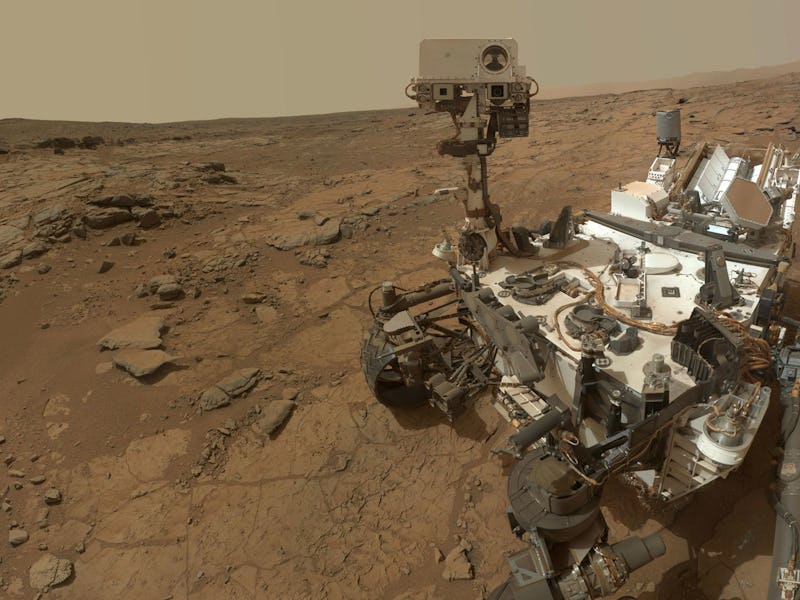The search for life on Mars really doesn’t need to be complicated. Just ask Gary Ruvkun.
“The best way to look for life is the way we look for life here,” Ruvkun said Tuesday during a two-day conference called “Searching for Life Across Space and Time” in Irvine, California, put on by the National Academies of Sciences, Engineering, and Medicine.
To increase humanity’s chances of finding alien life, we should first look for life that’s similar to life on Earth. That means conducting large-scale DNA surveys.
Ruvkun, a molecular biologist at Harvard University and Massachusetts General Hospital, described the process that could parse Earthly DNA from Martian microbes — it’s something scientists already do all the time on our planet. DNA surveys collect a ton of genetic material, sequence all of it, and compare it to known genomes.
“You can just sequence blindly, lay it and on this framework of what you know,” Ruvkun said.
With bacteria, for example, we can take sequences from unknown species, compare them to known species, and figure out where in the family tree the new species fits. Even if you can’t culture that new bacteria in a lab to describe it, you can learn a lot from its genome.
Aliens may not have the exact same genetic materials as life on Earth, but Ruvkun still thinks DNA surveys are worth the effort.
“You should at least do the stupid thing first,” he said. If we don’t, then discover later that Martian life did have DNA, we’re going to feel a little silly.
Illumina's MiniSeq is its smallest machine. It also costs $49,500 and weighs 100 pounds.
Down here on Earth, scientists use Illumina machines for DNA sequencing. The machines can weigh as much as 500 pounds, which makes them a bad choice for Mars. But there’s another sequencer that’s smaller and lighter, but a little less accurate, that could be a perfect fit.
Ruvkun mentioned the relatively teensy, smartphone-sized Oxford Nanopore MinION sequencer weighs about three and a half ounces and costs just $1,000. In fact, there’s one on the International Space Station right now.
Oxford Nanopore's MinION DNA sequencer
A MinION could easily be included in the next Mars mission, and would be able to tell us if there are any organisms that have genetic material similar to ours. Contamination is a possibility, but, said Ruvkun, “even if it’s half contamination, even if you get dandruff in it, we can see the signal of the other organisms.”
For Ruvkun, the search for life elsewhere in our solar system and universe isn’t a search for extraterrestrial intelligence, but rather a search for extraterrestrial genomes.
“I’ll always bet on genomes, I won’t bet on intelligence.”
